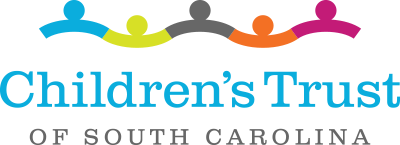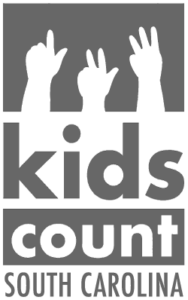Tim Ervolina, president and CEO of the United Way Association of South Carolina, discusses what the 2015 KIDS COUNT Data Book says about the inequities facing children across the state.
As summer winds down and our children go back to school, the rhythm of life ratchets up again.
Soccer matches, cheerleading practice, the Friday night lights of football games, science fair projects and book reports are front and center once again. For those with the youngest children, it means enrolling them in kindergarten programs and then juggling after-school care with your career. It means being sure that they are healthy and have a nutritious and satisfying lunch. It means new clothes, new shoes, new backpacks, new teachers, new friends and yes, even a few new worries.
For many of the children from middle-class families, this school year will be challenging but rewarding. They will gain new skills and knowledge, meet or exceed grade-level minimums and outgrow those expensive new clothes faster than their parents can imagine. For many children.
But not all children.
Every year, the Annie E. Casey Foundation conducts deep research into how America’s children are faring. The 2015 KIDS COUNT data reveals that many of our kids may not be doing as well as we think, particularly children from families who are poor or racial minorities. And while we tend to believe that a rising tide lifts all boats, what the data shows — from the last five years since the official end of the Great Recession — is that some boats float and some are so leaky that they sink straight to the bottom.
At the start of the Great Recession, 13.2 million children were living in poverty. Five years into the recovery, that number has increased by almost three million. That’s right, the number of children living in poverty has increased, even though, by every broad measure, America is more prosperous and better educated than ever. And it’s not just the absolute numbers that are startling — the rate of child poverty has increased from 18 percent to 22 percent since the start of the recession.
And in spite of the gains we have made in racial disparities, African-American children are still twice as likely as the average child to live in high-poverty neighborhoods and to live in single-parent families. Hispanic and Latino children are most likely to live with a household head lacking a high school diploma, which permanently limits their ability to climb out of poverty.
Our beloved South Carolina, while doing better than many other Southern states, still has a long way to go.
- 59 percent are not attending preschool;
- 72 percent of fourth-graders are not proficient in reading;
- 69 percent of eighth-graders are not proficient in math;
- 27 percent of children live in poverty — a full five percentage points above the national average;
- 13 percent of Palmetto State African-American children are reading proficiently by fourth grade and have math proficiency by eighth grade. Yes, you read that right. Eighty-seven percent of our African-American children are below grade level in fourth grade and eight grade.
Even though South Carolina has improved to an overall ranking of 42, that’s like saying “Well, yes, we’re still failing our kids, but we’re failing less than we were a few years ago.” None of us would accept that being at the top of the lowest quintile nationally means that we are doing the best for our children. South Carolina’s economy is booming — unless you’re poor or black or Hispanic. Then the same old odds are still stacked against you.
We’ve got to double down on this problem. We’ve got to invest in three critical strategies:
- Provide parents with multiple pathways to get family-supporting jobs and achieve financial stability.
- Ensure access to high-quality early childhood education and enriching elementary-school experiences.
- Equip parents to better support their children socially and emotionally and to advocate for their kids’ education.
In case you’re wondering, “invest” is an economic term. It means exactly what you think it means: We’ve got to put more resources into proven approaches to solving the problems of poverty and racial disparities. Just like any other investment, it is expensive. To do it well, we have to make hard choices, and we have to hold our elected official accountable to do what is right for our children.
We’ve made progress, and we should celebrate that. But we can’t stop now.
For more information on Kids Count, visit the Children’s Trust website.





